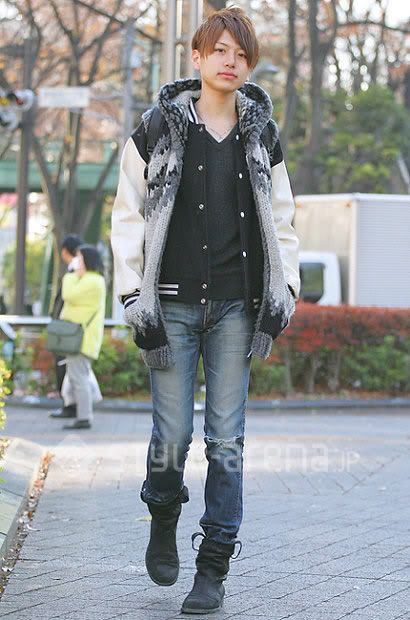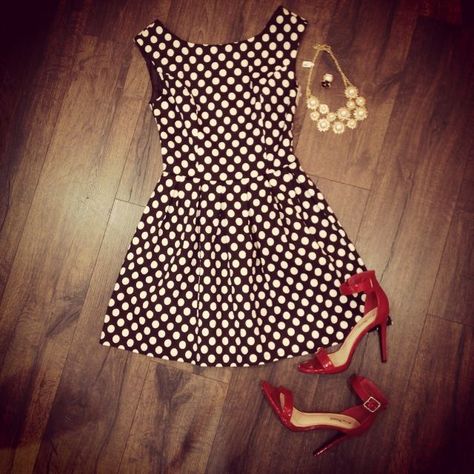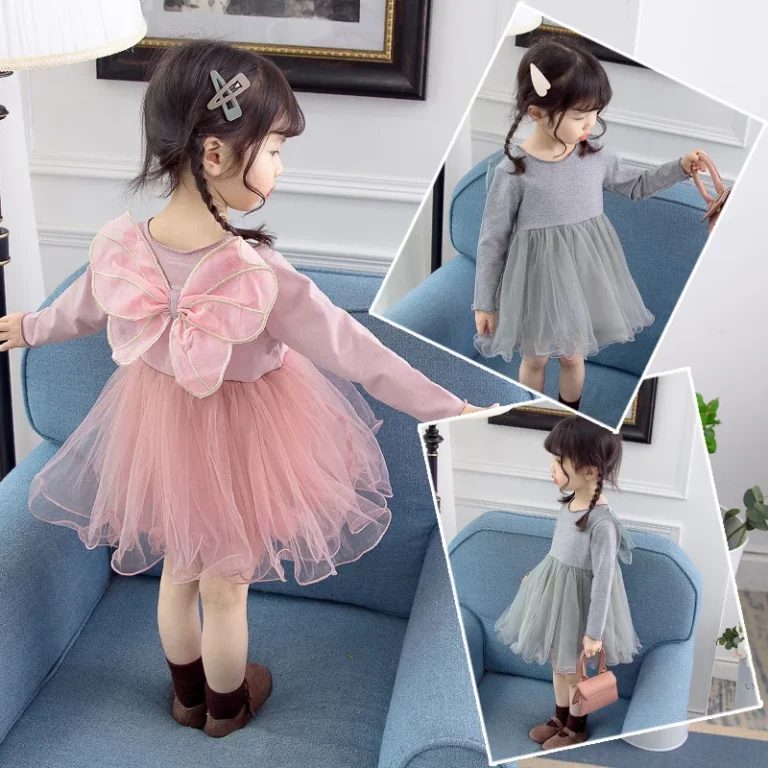Japanese Outfits For Men
Japanese culture is known for its rich traditions and unique styles, especially when it comes to clothing. Traditional Japanese clothing for men is a blend of history, culture, and art that has fascinated people around the world.
Traditional Japanese Kimono
The most iconic and well-known traditional Japanese clothing for men is the kimono. A kimono is a T-shaped robe with long, wide sleeves and a wrap-around design that is secured with a sash known as an obi. Kimonos are usually made from silk or other high-quality fabrics and are worn for formal occasions such as weddings, tea ceremonies, and festivals.

Yukata
Yukata is a casual summer kimono that is made of lightweight cotton or linen fabric. It is often worn to summer festivals, fireworks displays, and other relaxed events. Yukata is usually more colorful and less formal than a traditional kimono, making it a popular choice for men who want to experience traditional Japanese clothing in a more accessible way.

Hakama
Another traditional Japanese clothing item for men is the hakama. Hakama are wide-legged trousers that are tied at the waist and fall to the ankles. They are often worn over a kimono and are traditionally associated with samurai and martial arts practitioners. Hakama are still worn today for formal events such as weddings and graduations.
Haori
The haori is a hip-length jacket that is worn over a kimono. It adds a layer of sophistication and elegance to traditional Japanese attire and is often adorned with intricate patterns and designs. Haori can be worn by both men and women and are a versatile piece of clothing that adds a touch of tradition to any outfit.
Accessories
Traditional Japanese clothing for men is often accessorized with various items such as geta (wooden sandals), zori (straw sandals), and tasuki (decorative cords). These accessories add an extra layer of authenticity and style to the overall look and are an essential part of traditional Japanese attire.
Modern Adaptations
While traditional Japanese clothing for men has a long history and deep cultural significance, modern adaptations and interpretations have also emerged. Contemporary designers have been inspired by traditional Japanese aesthetics and have created fusion designs that blend traditional elements with modern fashion trends.
Tips for Wearing Traditional Japanese Clothing
If you are interested in wearing traditional Japanese clothing, here are some tips to keep in mind:
- Choose the right fabric: Traditional Japanese clothing is often made from high-quality materials such as silk, cotton, and linen. Choose fabric that is comfortable and suits the occasion.
- Learn how to tie an obi: The obi is an essential part of traditional Japanese attire. Practice tying it properly to ensure a neat and secure fit.
- Accessorize wisely: Add traditional accessories such as geta or zori to complete your look. These accessories add authenticity and style to your outfit.
- Respect the cultural significance: Traditional Japanese clothing carries deep cultural meanings and traditions. Wear it with respect and appreciation for the culture it represents.
Ideas for Incorporating Traditional Japanese Clothing into Your Wardrobe
If you are inspired by traditional Japanese clothing and want to incorporate it into your wardrobe, here are some ideas:
- Try wearing a yukata as loungewear or as a stylish cover-up for the beach.
- Pair a haori jacket with modern jeans and a t-shirt for a fusion look that blends traditional and contemporary styles.
- Invest in a high-quality kimono for special occasions or cultural events to experience the elegance and sophistication of traditional Japanese attire.
- Experiment with different styles and combinations to create your own unique look that reflects your individuality and appreciation for Japanese culture.
Conclusion
Traditional Japanese clothing for men is a beautiful and elegant form of attire that reflects the rich history and cultural heritage of Japan. Whether you are interested in wearing traditional kimono, yukata, or hakama, incorporating elements of traditional Japanese clothing into your wardrobe can add a touch of authenticity and style to your overall look. By respecting the cultural significance and history behind each piece of clothing, you can truly appreciate the artistry and craftsmanship that goes into creating traditional Japanese attire.







